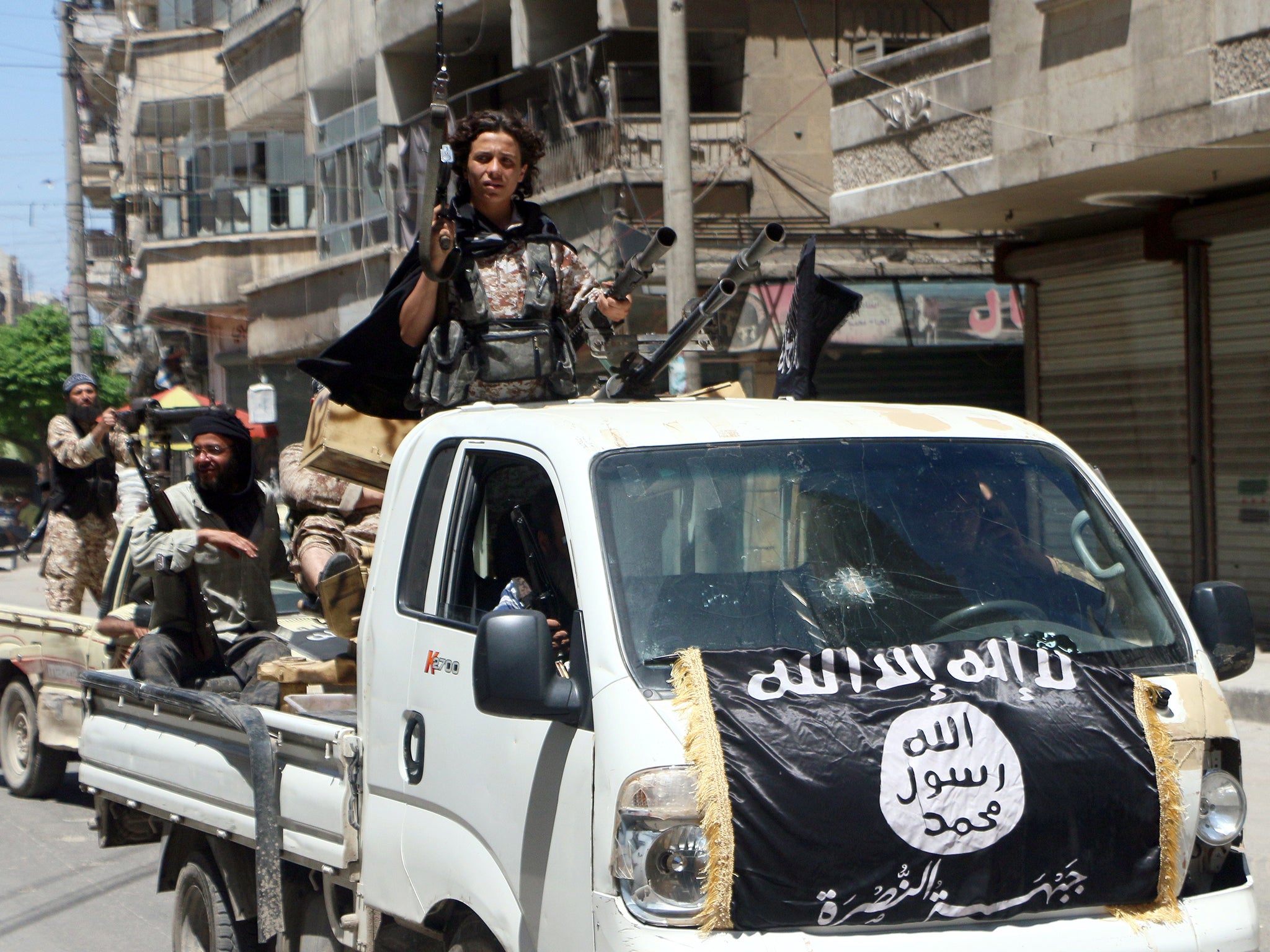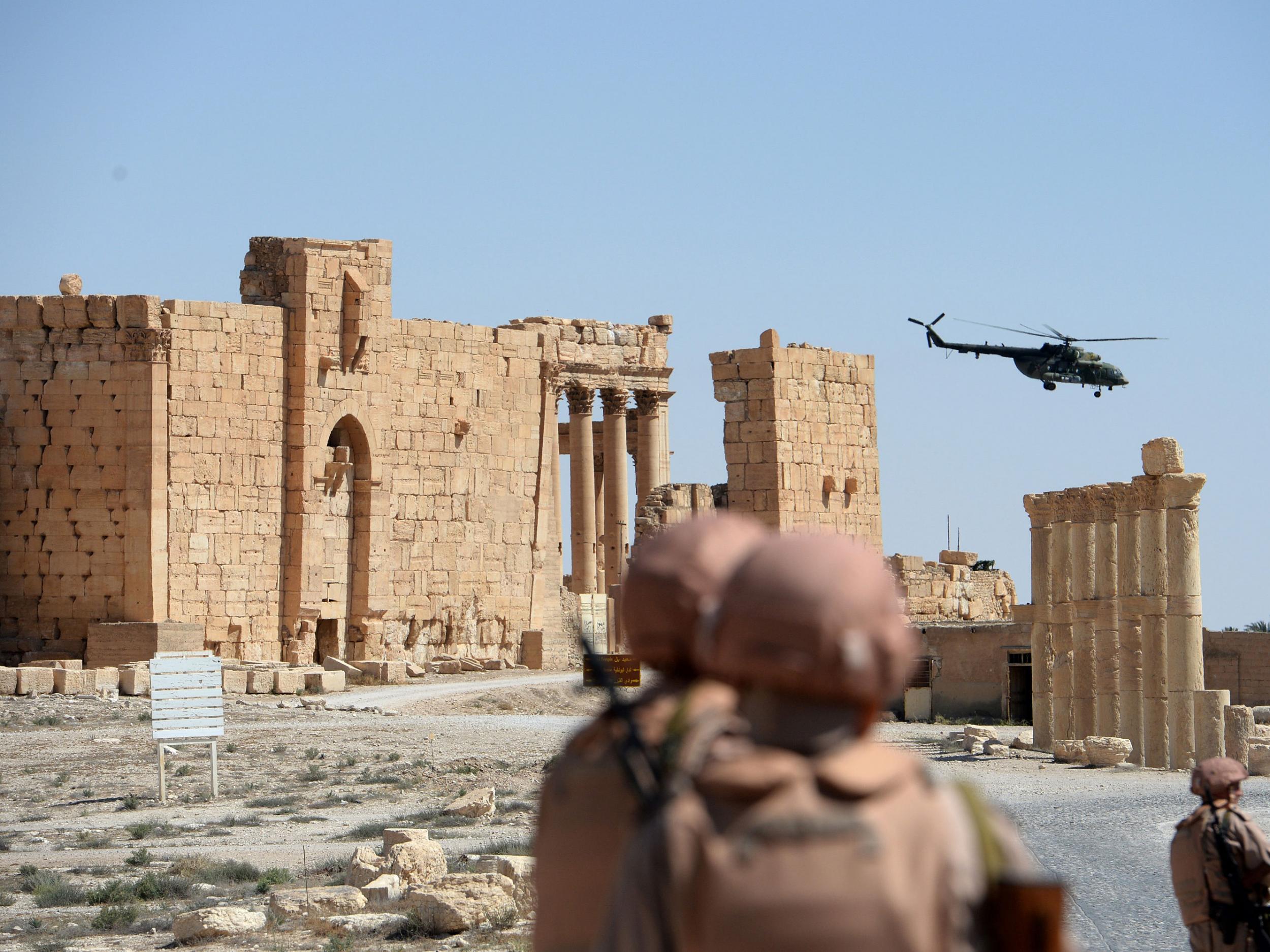Rif Aleppo: the decisive battlefield in the Syrian civil war
Some Syrian army commanders say al-Nusra Front is becoming a more formidable force than Isis, writes Robert Fisk

Syria’s al-Nusra Front rebels are proving themselves tougher and far more tactically minded fighters than the Isis hordes who swept across Syria and Iraq two years ago to create an “Islamic State” in the two great Arab nations. In the countryside around Aleppo – the “rif” district in Arabic – Nusra has inflicted unexpected casualties on Iranian Revolutionary Guard forces and their Afghan and Iraqi allies who are fighting alongside them south of Syria’s largest city.
You cannot sleep many nights in Aleppo. The tank and artillery fire across the city has now reached battlefield proportions. Two years ago, the government-held western sector of the city was surrounded by Nusra and Isis. Now the rebels themselves are virtually besieged by Major General Suheil al-Hassan who has been battling for three weeks to cut their last military supply route to Turkey. With his tanks now less than half a mile from the Castello Road, and thus able to cut the highway with concentrated artillery fire, his “Tiger” Brigade has fought off a brutal suicide bombing attack by both Isis and Nusra forces around a village called Malah.
But elsewhere around the northern Syrian city, Nusra has been proving its power against the Assad regime’s allies. South-west of Aleppo, the Iranian Revolutionary Guards were swept out of their front-line positions west of the old Aleppo-Hama international highway, losing 13 of their men. The Iranians’ own local contingent of Afghan forces, a ragbag of Shiite Hazara Afghans forced into battle to acquire refugee status for their families sheltering in Iran, also suffered six dead but others are believed – understandably, given their wretched circumstances – to have fled the battle. Around 26 Iraqis fighting alongside the Iranians were also killed, along with several Iraqi men reported captured. Their fate – not, perhaps, to be contemplated in this brutal conflict – is unknown. More seriously for the Syrian government and its army, who have lost up to 62,000 dead in the five-year war, there are reports in Aleppo that a hundred army cadets were killed in the same battles around the villages of Khan Touman, Eiees and Al-Hader.

Most Syrian army field commanders now individually report that Nusra is the more formidable force, one of them describing Isis as “television terrorists”, suggesting that their video horrors impress the West more than their own Syrian soldiers. Although Syrian troops have been executed en masse by Isis, new arms shipments – paid for and transported, the Syrians believe, by Qatar – have made Nusrah a far more formidable force.
In his forward desert base of Asouriya south-east of Aleppo, however, General Mohamed Dib described to The Independent how his soldiers advanced up to 50 miles into Raqqa province towards the Tabqa airbase, which was captured by Isis in August 2014; its fall two years ago was followed by the predictable and publicly witnessed execution of 160 of the Syrian defenders. General Dib therefore had good reason to recapture this place of infamy for his army.

They took control of the Fayan gas field, but Isis suddenly descended upon Dib’s forces from three directions – from Deir ez-Zour, Mansoura, Atnan and Tabqa itself, names which have no meaning in the West but which appear on all Syrian military tactical maps – and they did so with fleets of suicide car bombs. “My soldiers managed to destroy 15 car bombs, suicide tanks and BMP armoured vehicles with explosives inside them,” Dib recounted. “In this situation, we had to defend ourselves from three sides. They tried to surround some units of the army.”
Video film shown to The Independent and taken from within the Syrian lines show rivers of army tracer fire concentrating on a distant car during a night-time battle, a vehicle almost invisible until it suddenly explodes in yellow light. “There were Syrian martyrs,” General Dib added. “We had to form a defence line. There were ‘terrorist’ bodies on the main road, it was a fierce battle and we killed 32 of them. In the Raqqa province, we killed four men whom we believe were Chinese. They also used ‘motor gas’ bombs against us.” It’s unclear what the general meant by “gas bombs”, although he later described a “mustard gas rocket” that incapacitated 32 of his soldiers. However, the battle was phrased, however, the Syrian army ended up close to its start line on the edge of Raqqa province, a bleak and windswept place of low desert hills, rocks and dust-storms where an army intelligence officer grimly confirmed to me that Isis was “just up the road” on the other side of a Syrian tank sheltering behind a sand berm.
The Syrians were impressed, however, by the news that a unit of the latest CIA outfit dressed up to “liberate” Syria – the “New [sic] Syrian Army”, trained in Jordan – were virtually wiped out when it attempted to cut the border highway between Damascus and Baghdad. Deserted by the US air support they had been promised – at least one American plane, according to the Washington Post, was diverted to an anti-Isis attack outside Fallujah in Iraq – Isis fell upon the vulnerable NSA and threw them back towards Jordan. The usual Isis videos followed, of corpses, captured guns and wrecked vehicles. The Syrians appear to have more trustworthy air coordination from the Russian air force, which has just lost a helicopter to a missile attack – apparently launched by Nusra – in the north of the country.
All in all, then, a harsh picture of the war in Syria right now, no sign of an end, no surrender. As for the Syrian army, will they try to recapture Raqqa again and deprive Isis of its Syrian “capital”, or concentrate on the relief of the partially government-held but surrounded city of Deir-ez-Zour? My guess is Deir ez-Zour, because Syrian soldiers there are still in battle order and can be used to prosecute the war. But another general – his frankness probably necessitates his anonymity – suggested it wasn’t a case of one or the other. He put two fingers on his desk and said to me, very loudly: “Both!”
Join our commenting forum
Join thought-provoking conversations, follow other Independent readers and see their replies
Comments